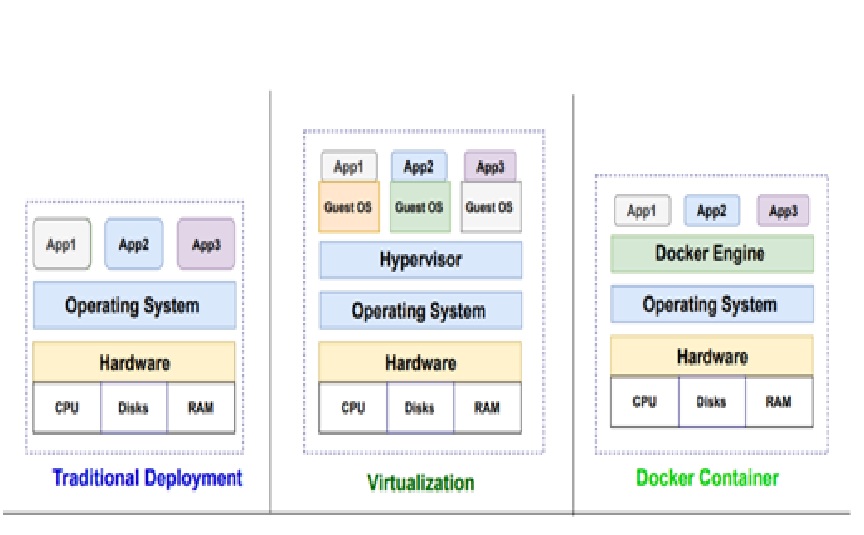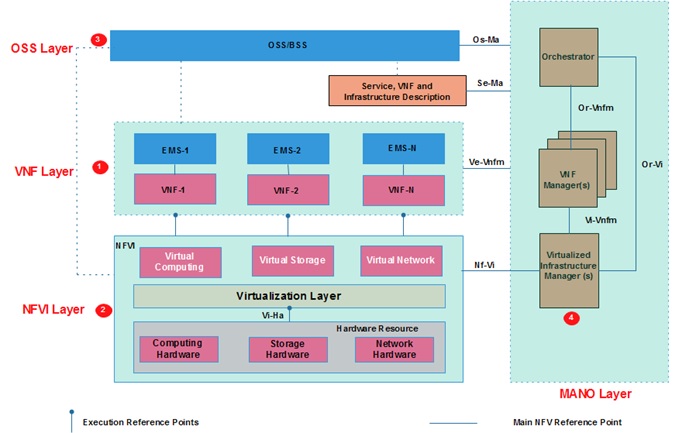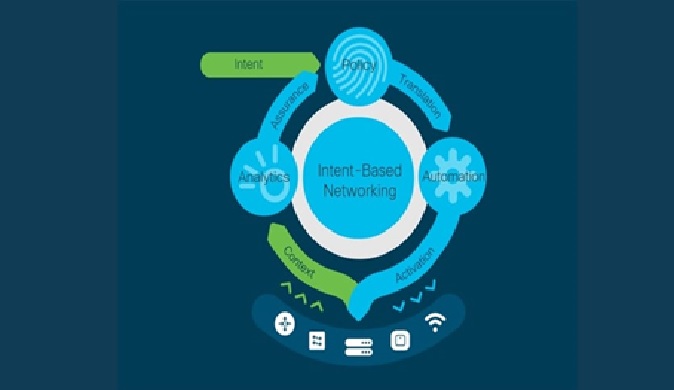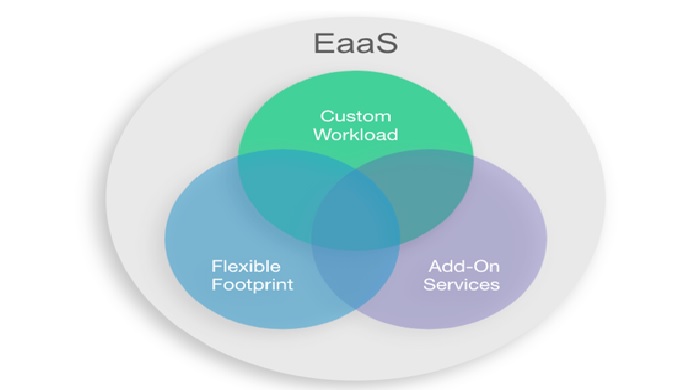Enterprise Network Strategy
The COVID-19 pandemic and changing workforce expectations have led many companies to a more globally distributed remote workforce.
As a result, enterprise networking infrastructure now has to support users in their individual homes.
Drit Suljoti, co-founder and CTO of Catchpoint, a digital experience monitoring platform provider, explained that consumer-grade networking technology does not always offer the levels of support and visibility necessary for remote work, which is increasingly becoming a problem.
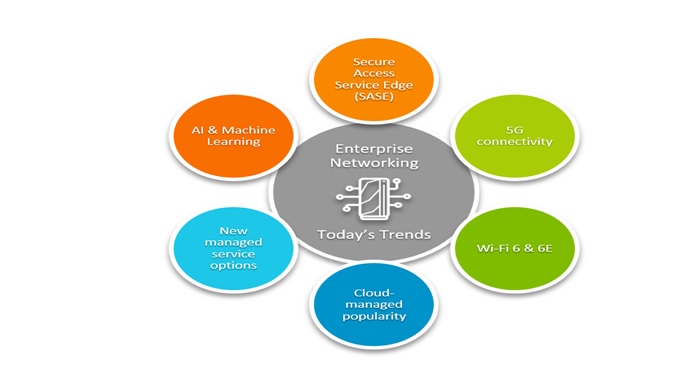
Figure 1. Enterprise Networking
Enterprise Networking is shown in figure 1. An enterprise network privately connects branch offices, internal data centers, and employee devices. Today, enterprise networking is rapidly evolving. A network is a group of connected computers, and an enterprise network is such a group constructed to serve the needs of a large business. Enterprise networks are composed of local area networks (LANs) that in turn connect to wide area networks (WANs) and the cloud.
Enterprise networking trends & concepts
Already embarked on your enterprise networking strategy? It can be interesting to follow some of the latest trends in the enterprise networking domain.
Today’s technology advancements and improvements are generally centered around service dependability, security, and readiness to integrate new technology standards and systems.
Some new innovations and trends include:
- Secure Access Service Edge (SASE).
- 5G connectivity
- Wi-Fi 6 and 6E
- Cloud-managed popularity
- Managed service options
- AI and machine learning
Types of enterprise networks
Some of the common types of enterprise networks include:
The Benefits of an Enterprise Network:
The benefits of an enterprise network are numerous and cannot be overemphasized. An enterprise network:
- Scans incoming data to detect viruses and malware, thus increasing security.
- Provides a high level of control over corporate resources (i.e., reduced maintenance and operational costs).
- Facilitates and speeds up routine operation, therefore increasing productivity.
- Provides virtualization that helps handle massive data sets.
- Allows multiple people to collaborate on a project remotely and simultaneously.
- Offers improved Quality of Service (QoS) by providing enhanced voice quality, call routing, and network management.
- Can quickly adapt to changing needs such as organizational growth, scaling, and the launch of new services.
- Provides seamless connectivity between users and the cloud.
References:
- https://www.datamation.com/networks/latest-trends-in-networking/
- https://www.cloudflare.com/learning/network-layer/enterprise-networking/
- https://www.bmc.com/blogs/enterprise-networking/
- https://versatek.com/enterprise-networking-explained/
Cite this article:
Gokula Nandhini K (2023), Enterprise Network Strategy , AnaTechMaz, pp.83





